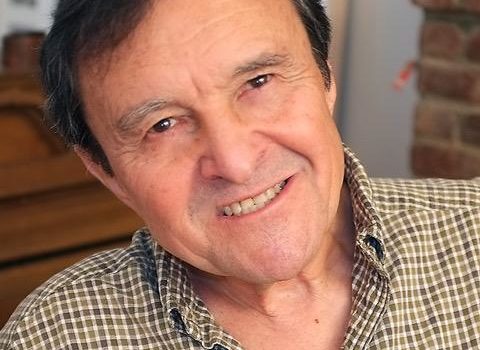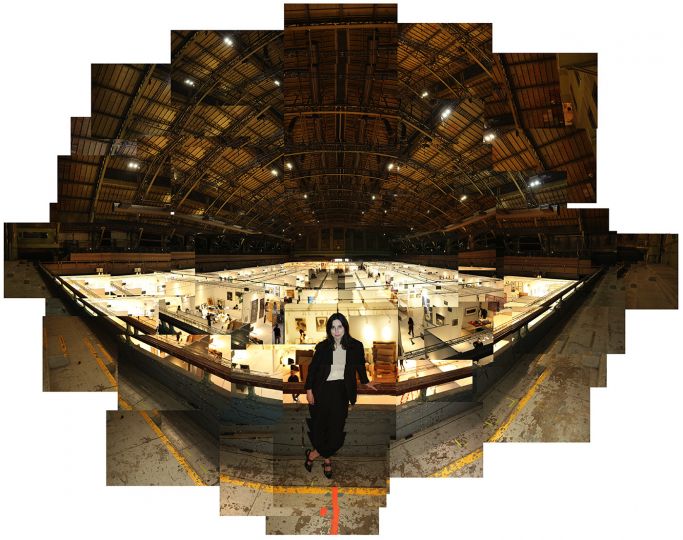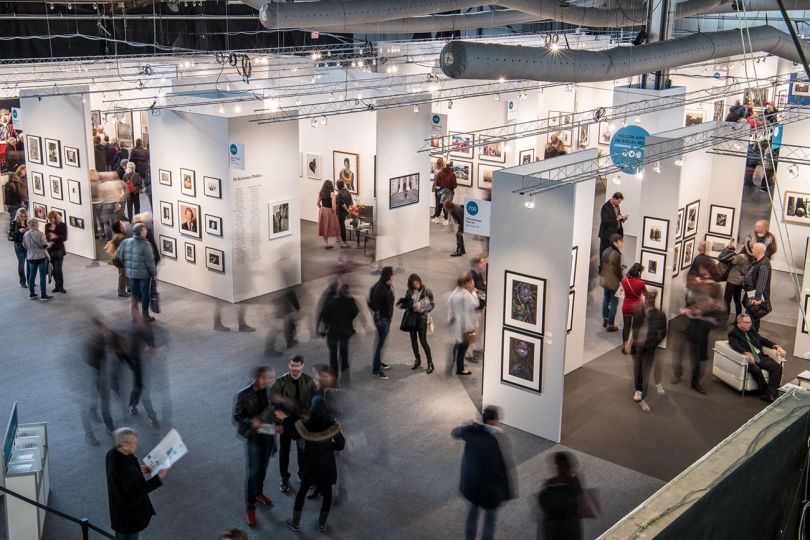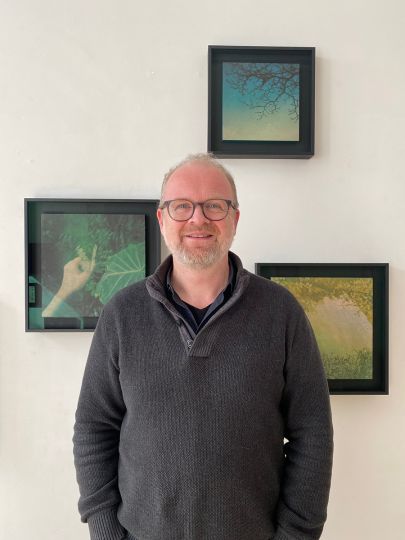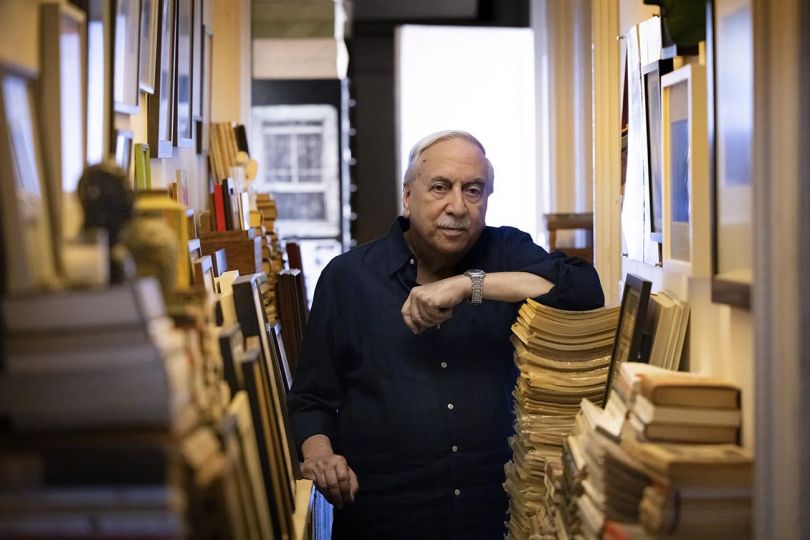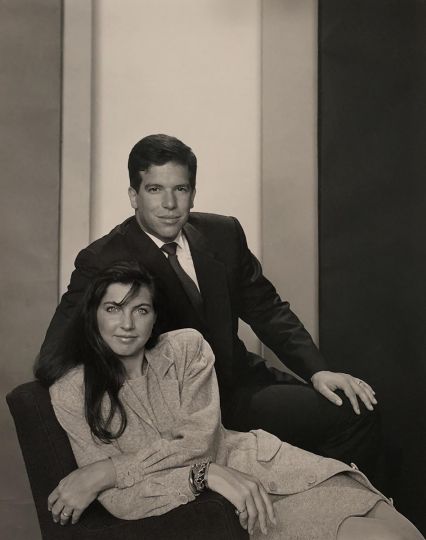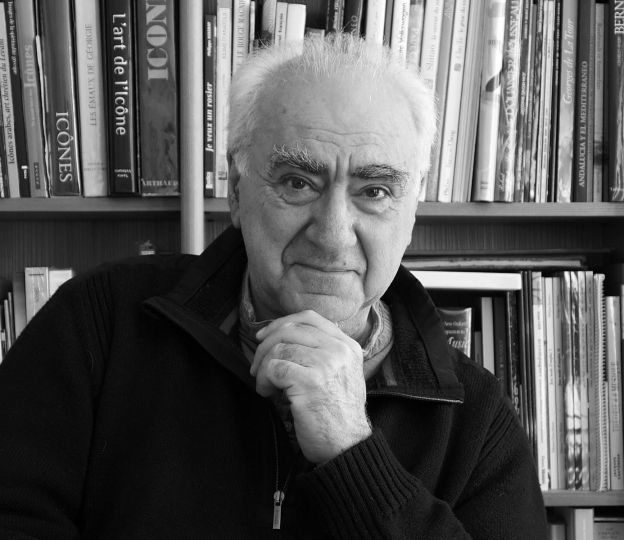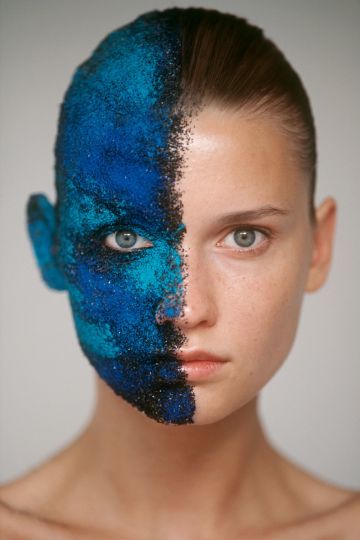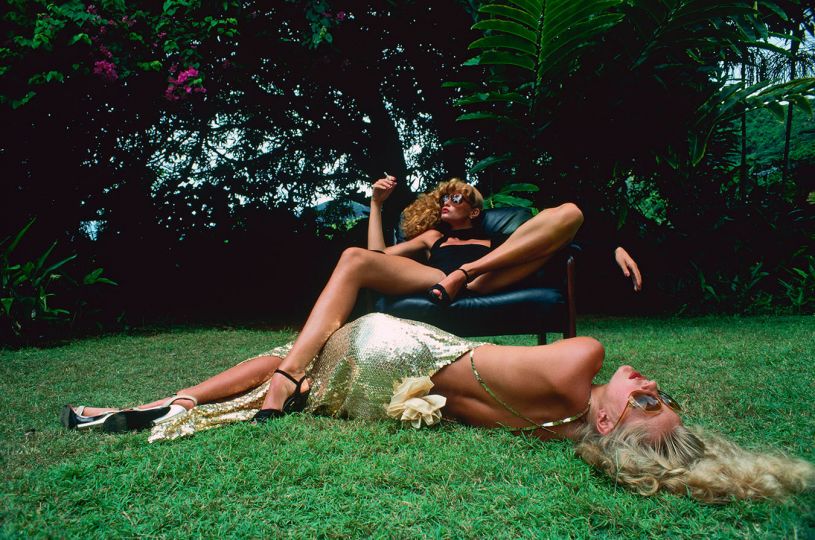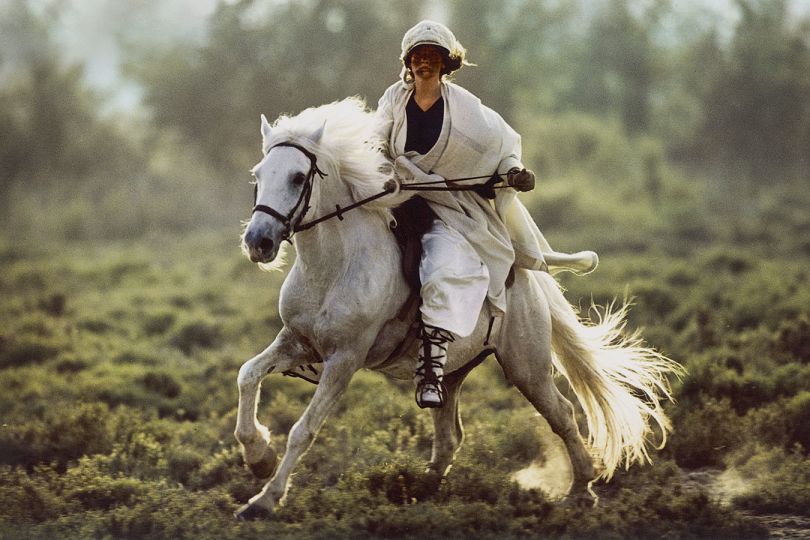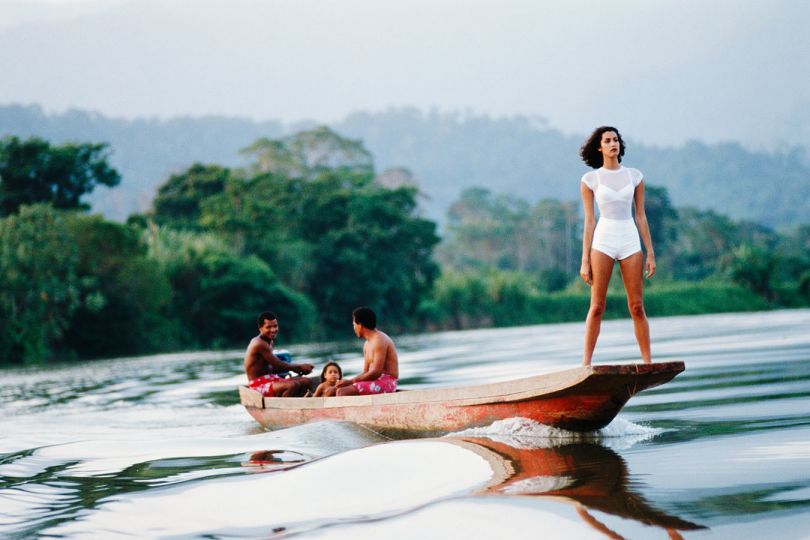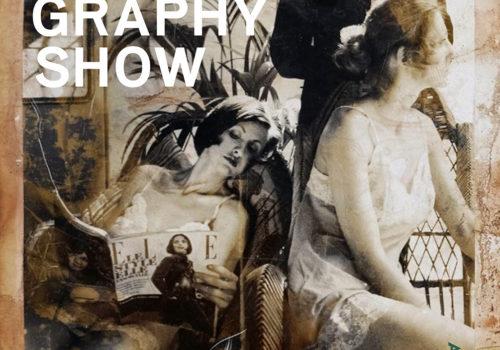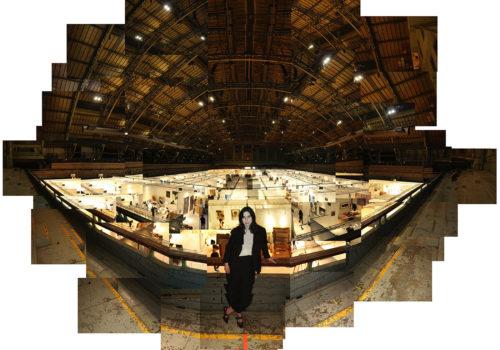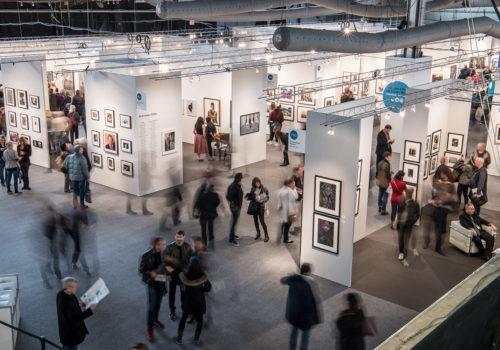Acclaimed photographer Dan Budnik, noted for his portraits of artists in New York in the 1960s along with the civil rights movement and Native American culture, has died. He was 87.
Budnik died last Friday of natural causes at an assisted living facility in Tucson, his nephew Kim Newton said Monday.
In 1958, Budnik documented the Youth March for Integrated Schools to the White House and Lincoln Memorial and the March on Washington for Jobs and Freedom in 1963.
Budnik also was known for his striking portraits of Dr. Martin Luther King Jr. just moments after his “I Have a Dream” speech at the March on Washington. TIME magazine chose one of Budnik’s portraits of King for its “I Have a Dream” 50th anniversary issue in 2013.
Budnik also photographed every stage of the Selma to Montgomery March in Alabama in 1965.
Born in Mineola, Long Island, Budnik followed his sister Vera to Los Angeles but returned to New York after graduating high school to study painting.
He was accepted into the prestigious Magnum Photos group in 1957 and photographed atrocities in Cuba the following year. His Cuba photos were published in Life, Sports Illustrated and Vogue magazines.
By the late 1960s, Budnik began to devote much of his time to Native American causes. He photographed the elders of 20 Native American nations across the country.
Friendships he built within the Hopi nation led him to settle in Arizona in the late 1970s.
Budnik also befriended famed painter Georgia O’Keeffe and often stayed with her at the Ghost Ranch in Abiquiu, New Mexico.
He shot a series of iconic late images of O’Keeffe, which were published in People magazine in 1975.
Budnik was awarded the American Society of Media Photographers Honor Award in 1999.
Newton said his uncle “could capture moments” and “cared about the underdog” and saw things from a unique point of view.
“He had a very good sense of people and how those people were reacting to the times and he could capture that essence. I think that was one of his greatest skills,” said Newton, who has been a photojournalism professor at the University of Arizona in Tucson for the 13 years.
Besides Newton, Budnik is survived by his son Aaron Budnik, who is a rare books dealer in London, and grandson Riley Budnik.
Newton said Budnik was scheduled to be buried last Wednesday at Camp Navajo in Flagstaff, where he moved to about 15 years ago and lived there for about six years.

